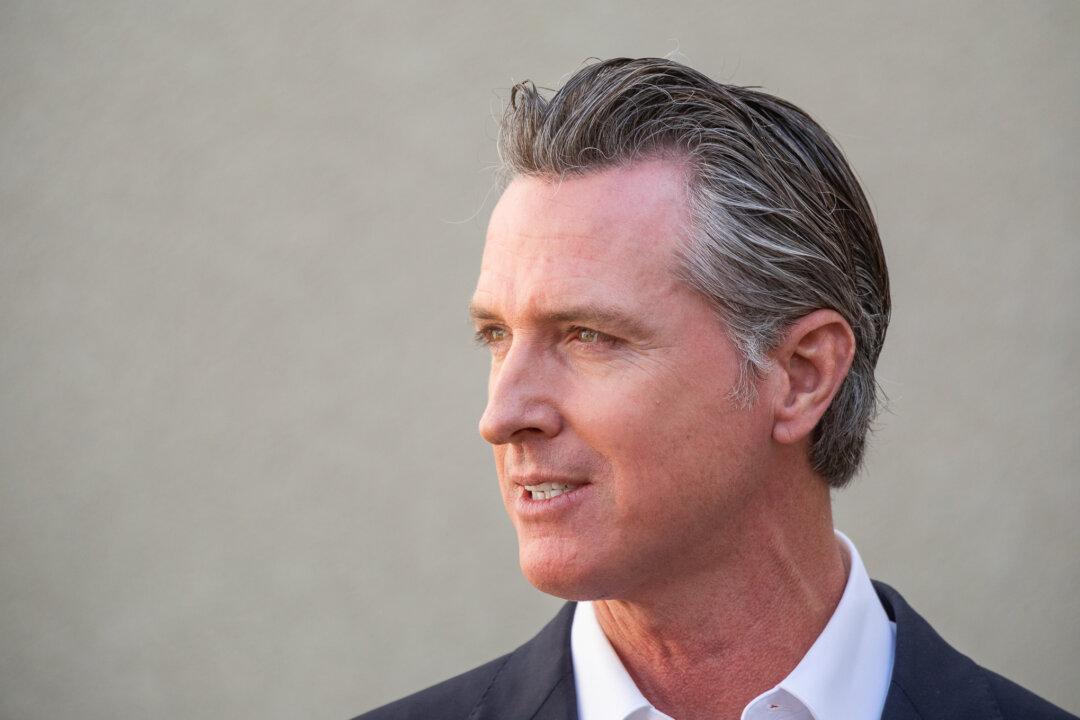Commentary
The California Economic Summit provides a good snapshot of where the state’s political and economic leaders are taking the state. It’s sponsored by California Forward, a major state think tank especially connected to such powerful politicians such as state Sen. Bob Hertzberg (D-Los Angeles).





